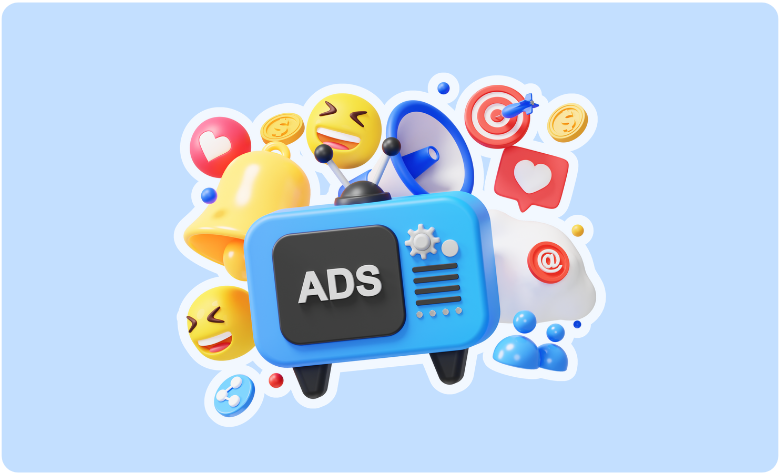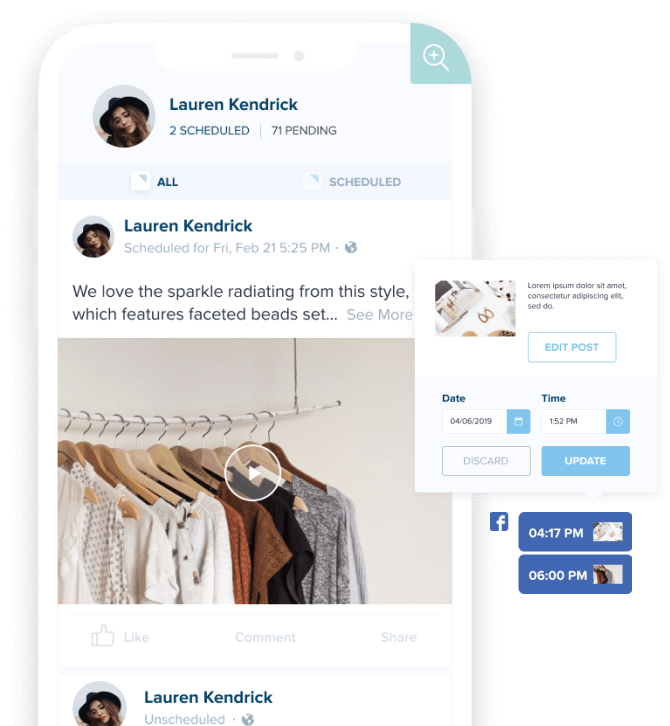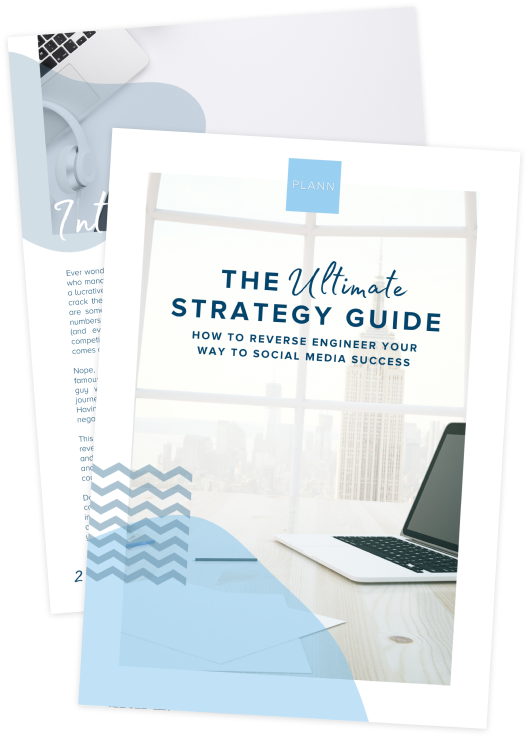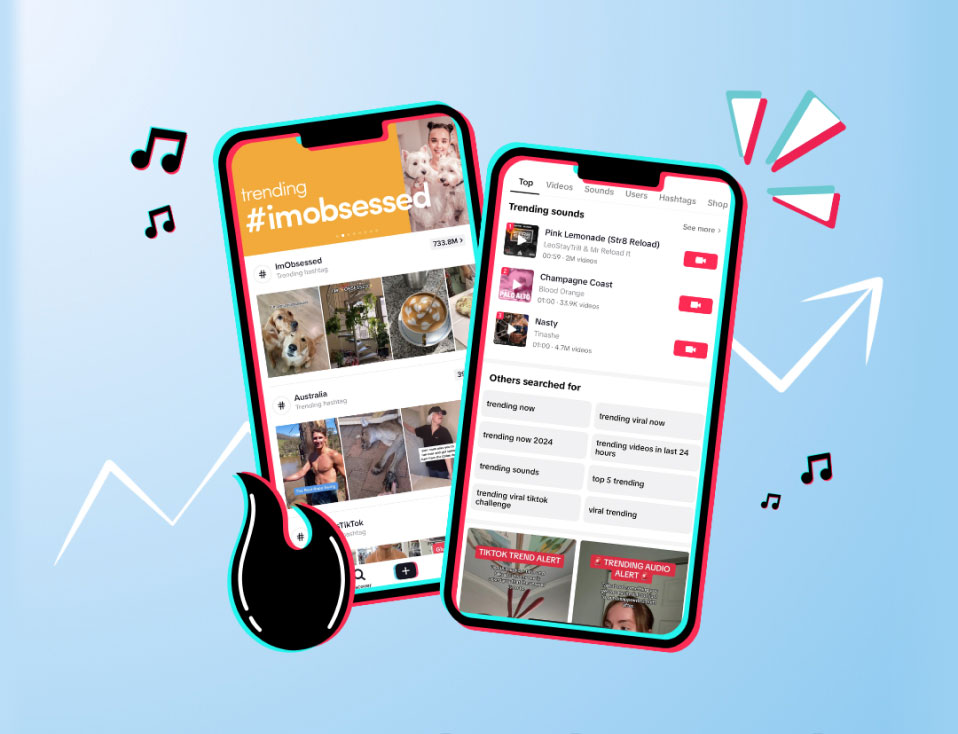Want to make money from simply posting on Facebook?
Dip your toes into the wondrous world of affiliate marketing and use the social media giant to drive more traffic to your links. With features like auto-posting content to Facebook, there’s no better time to consider dipping your toes into the affiliate marketing world.
Facebook affiliate marketing is a fantastic way to boost your income. With billions of people accessing the site every month, your target market is most likely on the platform.
You just need to attract them.
Not sure how to monetize your Facebook followers?
In today’s post, we’re breaking down:
- Why you need a Facebook page or group for affiliate marketing.
- How to use Facebook Ads to boost your affiliate revenue.
- What you need to know about sharing your Amazon and ClickBank links on the platform.
Let’s dive in!
A Step-By-Step Guide to Facebook Affiliate Marketing
Step 1: Laying the Foundation
Using a personal profile for affiliate marketing can come across as spammy and might even violate Facebook’s terms. Instead, create a Facebook Business Page or Group.
It’s an easy and FREE way for you to grow an established fan base who are genuinely interested in what you’re selling.
Plus, it gives you access to insights and promotional tools that personal profiles don’t offer.
Here’s how you can build your audience in the beginning:
- Targeted Outreach: Reach out to friends who fit your target audience. Don’t waste time on people who wouldn’t be interested. Time is your most precious resource, so use it wisely! Send a personalized message to introduce them to your group or page, and explain the value, i.e. how it will BENEFIT them.
- Leverage Existing Contacts: Got a list of contacts? Email everyone to announce your new page or group. Make sure to highlight how it serves their interests or solves a problem they face.
- Offer Value First: Share valuable content related to your niche before promoting affiliate links. This approach builds trust and encourages engagement.
Not too sure how to set-up a Facebook business page? Check out our step-by-step tutorial that will help you create your page in minutes!
Step 2: Content is Key
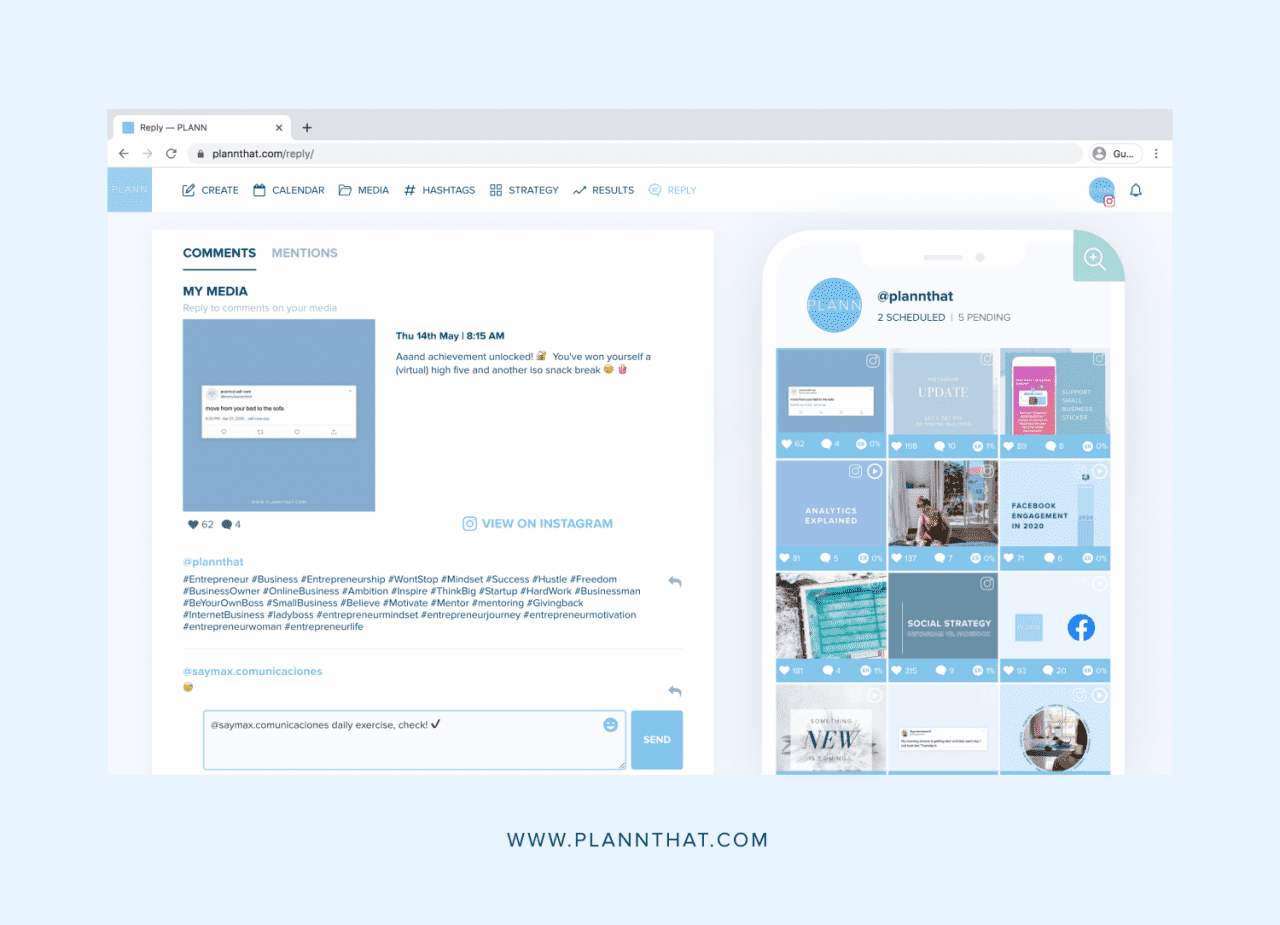
Use a content planner to create a consistent 80/20 content schedule.
Guess what? No one enjoys ads.
Think about the sheer number of TV commercials or the can’t-skip ads on YouTube. It’s an unenjoyable experience you can’t wait to get over so you can return to watching your favourite show.
The same thing applies to affiliate marketing.
If you want a successful Facebook affiliate business, you need to establish yourself as an authority and build a relationship with your audience.
That way, when you post an advertisement, your fans will be far more open to it because they value your opinion and trust you.
So, how do you build up engagement on Facebook?
Use the 80/20 rule: 80% of your posts are educational or entertaining and SHAREABLE, while 20% of your posts are promotional.
With each post, you want to create as much value for your audience as possible. Whether it’s a blog post that can help solve a problem or maybe it’s a fun quiz to build rapport.
Need inspiration for your posts? Mix in content like:
- Tips and How-Tos: Share actionable advice that aligns with your affiliate products.
- Engaging Questions: Prompt discussions with questions that resonate with your audience’s interests.
- Free Resources: Use lead magnets like eBooks, checklists, or mini-courses to provide value and encourage sign-ups. For example, offer a free guide that complements the products you’re promoting, and capture email addresses in exchange for access.
Read More: 33 Facebook Post Ideas: Run Out Of Things To Post On Facebook Yet?
You can take it a step further and create a free opt-in to encourage engagement AND build your email list at the same time.
Did you know that people are three times more likely to make purchases from email marketing than social media? That’s some powerful ROI for your affiliate program business.
Here are some lead magnet ideas you can use to grow your email list and boost your affiliate marketing business:
1. eBooks or Guides: Offer an in-depth guide on a topic relevant to your audience’s interests.
2. Checklists: Provide a step-by-step checklist that solves a specific problem for your audience.
3. Templates: Share downloadable templates, such as content calendar.
4. Webinars: Host a live or recorded session providing valuable insights or training.
5. Mini-Courses: Create a short, actionable course delivered via email to provide quick value.
Want more help with your email marketing strategy? Grab our complete guide on how to grow your email list and keep your subscribers engaged.
Step 3: Supercharge Your Reach (Organically and with Ads)
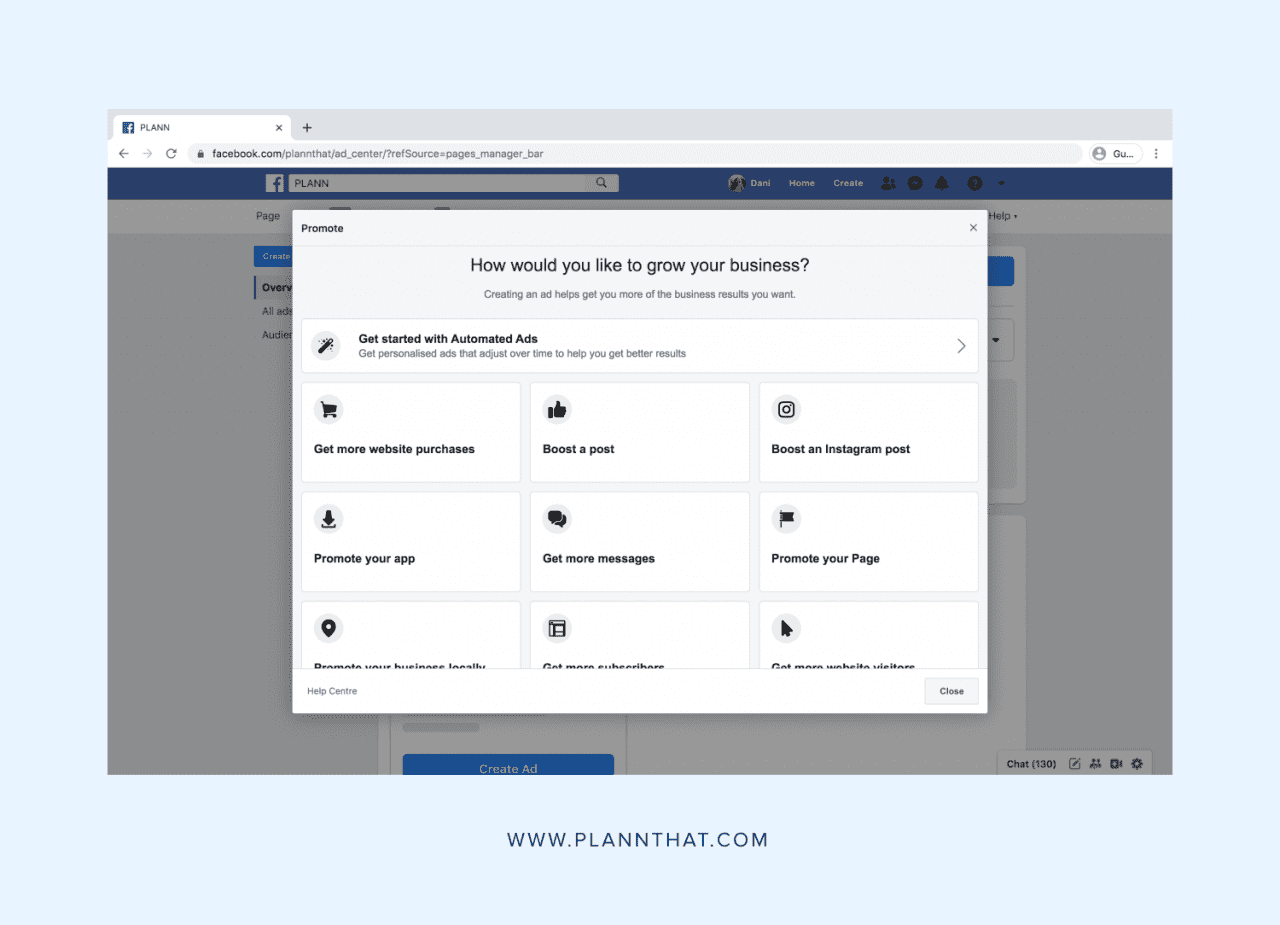
Promotional posts on Facebook can help you attract your target audience and generate income from affiliate links faster.
There is only so much you can achieve with organic Facebook posts.
It’s no secret that the social media giant is a pay-to-play platform, and if you want to grow faster and make more money in a shorter time frame – you should invest in Facebook Ads. Partnering with a specialized Facebook ads agency can help you optimize your ads and maximize return on investment.
With a few targeted ads, you can build an engaged audience in a couple of weeks. With billions of active users and a robust (and equally creepy) ads platform, you can drill down to life events like engagements, and basic demographics such as age, gender and country.
The more specific you are about the type of person you’re trying to attract, the more likely you’re going to see a return on investment (ROI) from your Facebook Ads.
Best Practices for Facebook Ads:
- Create Compelling Ad Copy: Focus on your audience’s needs and how your offer addresses them. Use a clear call-to-action (CTA) that guides them on what to do next.
- Use Eye-Catching Visuals: Use high-quality images or videos to grab attention and stop the doom scroll.
- A/B Testing: Run different ad variations to see what resonates best with your audience. Test elements like headlines, images, and CTAs to optimize performance.
- Optimize Landing Pages: Make sure your landing page is relevant, user-friendly, and aligned with the ad’s message.
Tip: The policies surrounding affiliate marketing on Facebook mean you can’t promote direct affiliate links. Only use Facebook Ads to grow your audience or send traffic to a blog post that has affiliate links.
Finding the backend of Facebook Ads super confusing or not seeing results? Here’s what you need to know to boost your Facebook Ads efforts and the different types of Facebook Ads you can use to grow your affiliate income.
How to Promote Your Affiliate Links on Facebook
Affiliate Marketing Disclaimers
The Federal Trade Commission (FTC) requires you to disclose any affiliate marketing activities. Transparency builds trust with your audience and keeps you compliant with regulations.
The best way to do this is to add the following to your Facebook post:
“This post contains affiliate links. I may receive a small commission if you click on the links of the products and make a purchase.
Optimizing Your Affiliate Link Strategy
Each affiliate platform has specific rules for link promotion, especially when using Facebook. Understanding these restrictions is crucial to avoid violations that could jeopardize your affiliate status.
Here’s what you need to know:
Facebook Affiliate Marketing with Amazon
As an online retail giant, Amazon is a go-to for many affiliate marketers. With a simple-to-use affiliate programme, you can drive sales to millions of products and earn a competitive referral fee of up to 10%.
So what do you need to know about Amazon links on Facebook?
Amazon does not allow affiliates to promote Facebook posts that contain affiliate links.
What this means is that it’s 100% okay to create a Facebook post with an affiliate link, but you can’t boost that post with Facebook Ads. If you do, and you get caught, you’ll find yourself banned from the program.
Best Practice: The only way to get around this is to create a blog post or a landing page that contains your affiliate links and promote it with Facebook Ads.
Using ClickBank Affiliates on Facebook
Another retailer that has an extensive affiliate network is ClickBank. With its enticing commission rate of up to 75%, it’s a firm favourite with affiliate marketers.
So, how do you take advantage of ClickBank with Facebook?
It’s a bit tricky.
You’re not allowed to promote ClickBank links on your Facebook posts or ads. Cloaking your links with Bit.ly also won’t work, as Facebook has marked all links from the site as unsafe and abusive.
Best Practice: The only way to use ClickBank and Facebook is to create a piece of content that you own (like a blog post or a landing page) and promote that on the platform.
Beyond the Basics: Advanced Strategies for Success
Mastering Facebook Ads involves more than just setting up basic campaigns. Implementing advanced advertising techniques is key for higher conversion rates and maximized ROI.
Here’s how you can take your Facebook Ads strategy to the next level:
Integrate Affiliate Marketing Across Other Social Media Platforms
Expanding beyond your Facebook audience is one of the best ways to make more money. Platforms like Instagram, Pinterest, and TikTok offer unique ways to promote your affiliate products.
For example, you can use the “Swipe Up” feature on Instagram to drive traffic right to your affiliate links or Pinterest Pins to attract more people to your affiliate landing page.
Read More: Your Complete Guide to Using Pinterest for Business
Explore Advanced Facebook Advertising Techniques
Move beyond basic ad campaigns by exploring retargeting ads, and lookalike audiences.
- Retargeting: This allows you to re-engage with people who have already interacted with your content but haven’t converted yet. Using a Facebook Pixel, you can track visitors to your website and create custom audiences based on specific actions they’ve taken e.g. viewing a product page. Then, you can segment your retargeting audience and show one type of ad to those that visited a specific page.
- Lookalike Audiences: This is a powerful way to expand your reach to potential customers that share the same characteristics as your existing audience. Facebook analyzes the data from your current audience, such as demographics, interests, and behaviours, and finds new users who match these attributes. This technique allows you to tap into a pool of users likely to be interested in your affiliate products without guessing – saving your ad budget.
Use A/B Testing (Split Testing)
A/B testing involves running multiple versions of an ad to see which performs better. It can help you optimize your campaigns by identifying which elements resonate most with your audience.
Experiment with different ad components, such as headlines, images, ad copy, and CTAs. You can also test different ad formats, like carousel ads versus video ads.
To set up A/B testing, go to your Facebook Ads Manager and create a split test by selecting different variables to compare.
The key is to focus on one variable at a time to accurately measure its impact.
For example, start with testing headlines before moving on to images. Once you identify what works best, apply these insights across your campaigns for consistent results.
Frequently Asked Questions
1. How Much Can I Earn with Facebook Affiliate Marketing?
Earnings from Facebook affiliate marketing vary widely based on several factors, including the quality of the products you’re promoting, the size and engagement of your audience, and your marketing strategies. Some marketers earn a modest side income, while others generate thousands of dollars monthly. Success depends on consistently providing value, building trust with your audience, and selecting the right products to promote.
2. Do I Need a Website to Start Affiliate Marketing on Facebook?
While it’s not strictly necessary to have a website to start affiliate marketing on Facebook, having one can help your success. Since direct promotion of affiliate links on Facebook Ads is restricted on some platforms (like Amazon and ClickBank), a website means you can create blog posts, landing pages, or resource hubs that you can promote freely.
3. How Do I Choose the Right Affiliate Products?
Choosing the right affiliate products is crucial for your success as an affiliate marketer. Focus on products that align with your niche and resonate with your audience’s interests and needs. Research the product’s quality, its demand, the commission rates, and the affiliate program’s reputation.
Plann Your Facebook Affiliate Marketing Strategy
Facebook is an excellent platform to grow your affiliate income, but you’ll need to focus on building rapport and trust for long-term success.
To recap, if you want to be successful with Facebook affiliate marketing, you need to do the following:
- Create a community (page or group).
- Attract organic likes and follows with value-added content.
- Promote your posts or page with a Facebook Ad campaign to grow faster.
- Build relationships with Facebook users and create valuable resources.
- Promote your Amazon or ClickBank links by creating a piece of content you own and sharing it on Facebook.
Your next step? Signing up for a free trial of Plann Plus. It’s the only content management tool you need to stay on top of your posting schedule, cross-promote on all your platforms, and stay up-to-date on trends without being chronically online.
